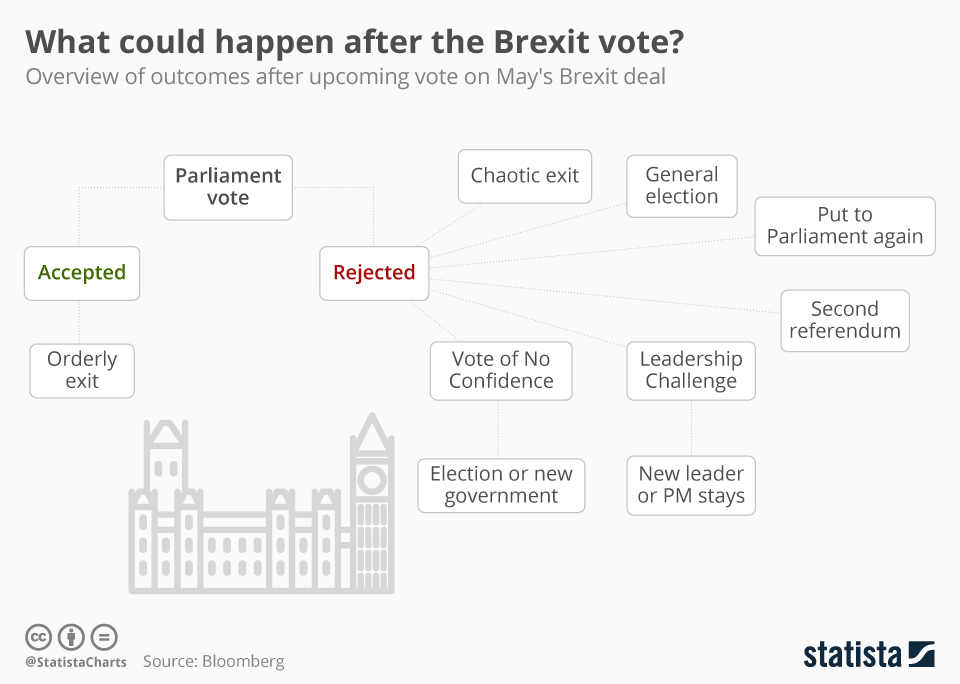This is the question that the British political establishment — of all stripes — has been tip-toeing around. It’s now clear that the Leave campaign broke the laws on campaign spending. The campaign may also have had funding — illegally — from abroad. If the referendum had been a by-election, then there would have been a re-run of the election. But because it’s all about “the will of the people” that option has up to now been treated as the Thing Nobody Talks About.
But now things are moving. According to [The Independent(https://www.independent.co.uk/news/uk/politics/vote-leave-referendum-overspending-high-court-brexit-legal-challenge-void-oxford-professor-a8668771.html),
It is “very likely” that the UK voted for Brexit because of illegal overspending by the Vote Leave campaign, according to an Oxford professor’s evidence to the High Court.
An exhaustive analysis of the campaign’s digital strategy concludes it reached “tens of millions of people” in its last crucial days, after its spending limit had been breached – enough to change the outcome.
The evidence will be put to the High Court on Friday, in a landmark case that is poised to rule within weeks whether the referendum result should be declared void because the law was broken.
The research was carried out by Professor Philip Howard, director of the Oxford Internet Institute. “My professional opinion”, he told the High Court, “is that it is very likely that the excessive spending by Vote Leave altered the result of the referendum.”
”A swing of just 634,751 people would have been enough to secure victory for Remain. Given the scale of the online advertising achieved with the excess spending, combined with conservative estimates on voter modelling, I estimate that Vote Leave converted the voting intentions of over 800,000 voters in the final days of the campaign as a result of the overspend.”
That may well be true, but proving it will be impossible, I think. The connection between a voter seeing a message and how s/he votes has been one of the great mysteries of political science for as long as I can remember. So the key question for the court is whether the illegal spending (evidence for which seems solid) is enough to rule that the Referendum result is invalid.



